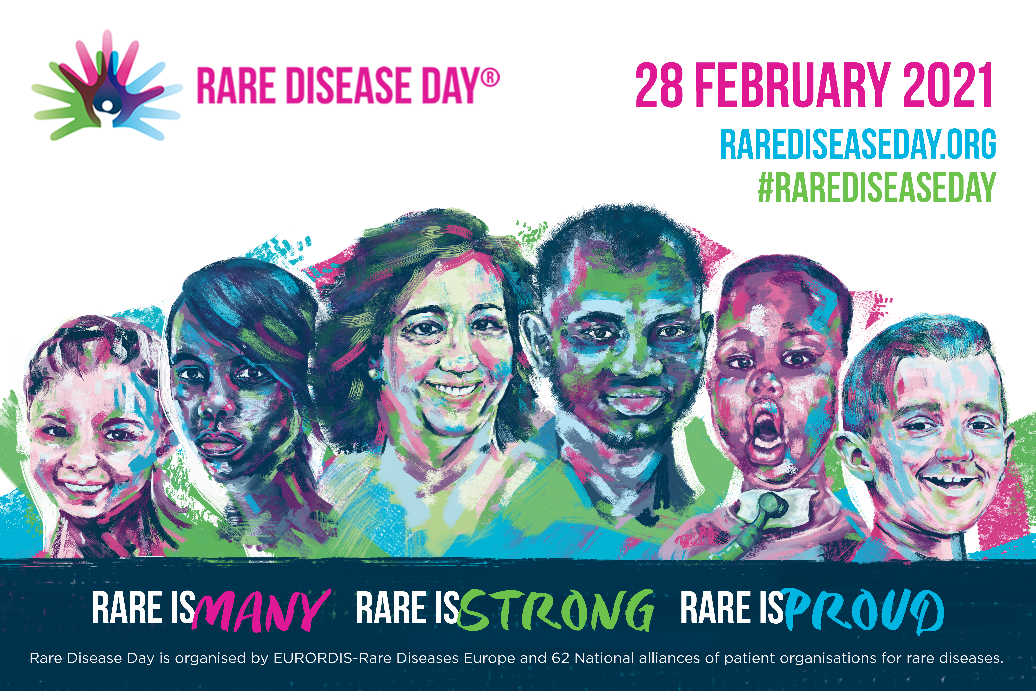Rallying Together to Inspire Change on World Cancer Day and Beyond

Having a rare disease is less rare than you would think. In fact, more than 300 million people are currently living with at least one of more than 7,000 identified rare diseases around the world.[1] Each year, Rare Disease Day is recognized at the end of February to ensure that the members of this community are heard and meaningful action is taken.
At Daiichi Sankyo, we are committed to helping improve the lives of people living with rare diseases and fulfilling unmet medical needs. One example is our research in tenosynovial giant cell tumor (TGCT), a rare, typically non-malignant tumor that can be locally aggressive. TGCT affects the synovium-lined joints, bursae and tendon sheaths, resulting in reduced mobility in the affected joint or limb.[2],[3],[4] For most patients, the current standard of care for TGCT is surgery; however, in more severe cases, the tumor may be difficult to remove and/or may not improve with surgery.[5] Multiple surgeries can lead to significant joint damage, debilitating functional impairments, and reduced quality of life, and amputation may be considered.[4],[6]
We also have additional research underway for potential new medicines for the treatment of several rare blood cancers, including acute myeloid leukemia (AML), acute lymphocytic leukemia (ALL), adult T-cell leukemia/lymphoma (ATL/L), and peripheral T-cell lymphoma (PTCL).
Our efforts on behalf of the rare disease community include more than just R&D, as we recognize the important responsibility we have to educate our team and the broader public. We regularly engage with patient advocacy groups around the world to help raise awareness for these often-invisible illnesses and increase understanding around these rare conditions.
The mantra for Rare Disease Day 2021 is “Rare is many. Rare is strong. Rare is proud.” Together as a company, we too are many, strong and proud – striving to better the lives of people with rare diseases.
[1] National Organization for Rare Disorders. Get Inspired. Last accessed February 5, 2021.
[2] de Saint Aubain, et al. WHO. 2013;100-103.
[3] Rao AS, et al. J Bone Joint Surg AM. 1984;66(1):76-94.
[4] Ravi V, et al. Curr Opin Oncol. 2011;23:361-366.
[5] van der Heijden L, et al. J Surg Oncol. 2013;107(4):433-445.
[6] van der Heijden L, et al. Bone Joint J. 2014;96-B:1111-1118.